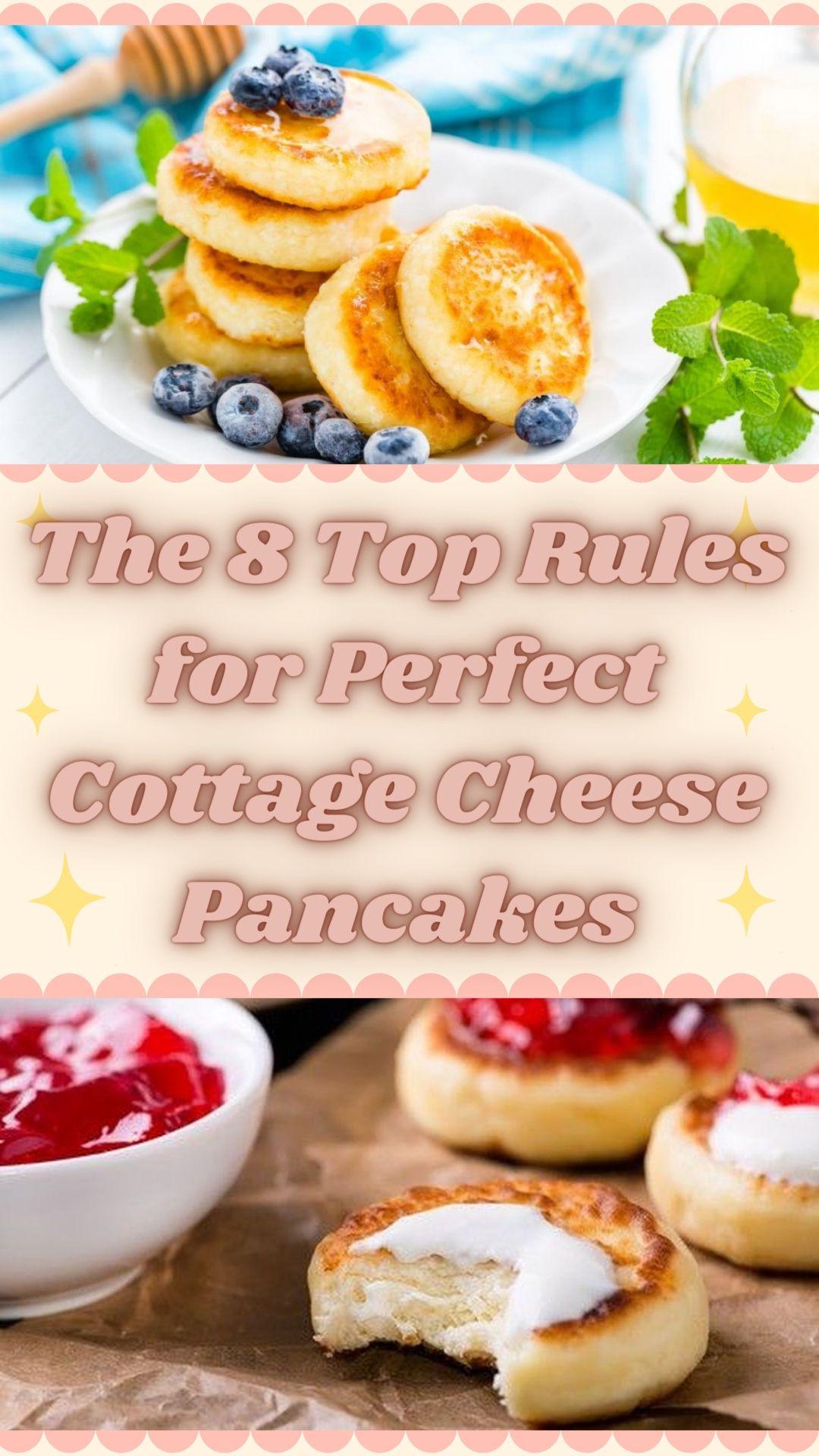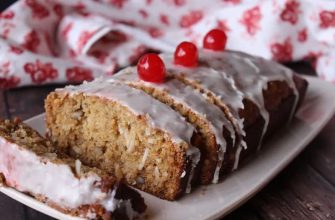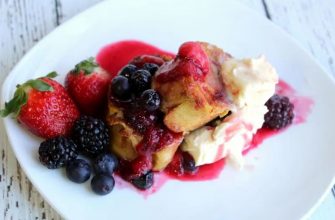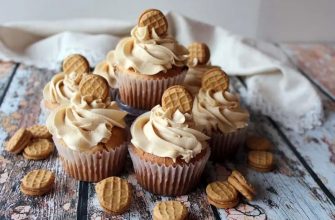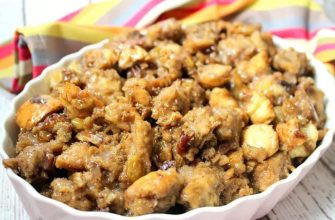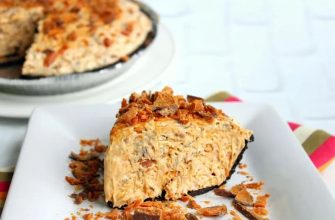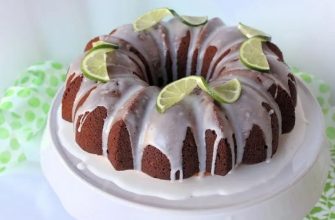There’s no limit to perfection in making cottage cheese pancakes! If you are a novice cook, these rules will help you make such cheesecakes that everyone will eat them with great pleasure! And if you are already a professional, and the family adores homemade breakfasts, the tips in the article will help improve your culinary skills and, perhaps, refresh your perspective on a traditional recipe.
Rule #1- The quality of the cottage cheese
If the curd separates from the whey, it is better to drain it (using a sieve). Otherwise, the desired consistency will have to be achieved with flour, which will make the cheesecakes very dense. Too dry cottage cheese is also not suitable – it should be mixed with milk / yogurt / kefir / sour cream to the consistency of cheese mass.
If you like cottage cheese with sourness, then you can safely take it. But if you prefer sweet cottage cheese pancakes, then take unleavened cottage cheese, because the sourness will have to be masked with sugar, which will negatively affect the consistency, and in general is harmful.
Ideal cottage cheese pancakes should be airy, homogeneous and tender. To do this, even the seemingly smooth cottage cheese should be either rubbed through a sieve or beaten with a blender/mixer/fork. This is really a very effective way to give the cottage cheese a “fluffy” consistency.
As for the ideal fat content of cottage cheese, there is no limit. The main thing is that low-fat cottage cheese is not too dry and sour, and high-fat cottage cheese – too soft. But each manufacturer has its own peculiarities.
Rule #2 – Number of Eggs
Eggs are an optional ingredient in cheesecakes. If you overdo it with eggs, the curd dough will become liquid and the final product will be too porous. Proceed at the rate of 1-2 eggs per 500g of cottage cheese. If you’re not sure, don’t put eggs at all (but remember that a mixture of eggs and flour helps to bind the mass) or use quail eggs.
A dietary option is cheesecakes with egg whites, but they turn out less tasty and muffinous.
Rule #3 – Sugar Ratio
Too much sugar can make the dough sprawl and require more flour, which is undesirable, since we don’t want dense hard cheesecakes. Act on the basis of 2 tablespoons per 350g of cottage cheese. Keep in mind that coconut sugar, for example, is less sweet – you need more.
A pinch of salt, vanilla sugar, cardamom, ground cinnamon or nutmeg can be added to give the cheesecakes a special flavor and aroma.
Rule #4 – Binder (flour or …)
You don’t have to put wheat flour in the cheesecakes. Try making them with semolina, rice or nut flour, starch. A dietary option is bran. You may like one of these options better – they are all delicious, but everyone has different preferences.
As for the desired volume of pancakes, assume that the final consistency of the mass should resemble a thick mass of cheese and not too sticky to the hands.
Rule #5 – Take your time
After cooking the cottage cheese dough should be allowed time to stand. During this time, the flour (semolina/starch/bran) will swell, and the pancakes will become more tender.
Rule #6 – Additional ingredients
If you like pancakes with toppings, you can let your imagination run wild here. Coconut shavings, dried apricots and other dried fruits, poppy seeds (pre-pour boiling water for a few minutes, then drain), nuts, pieces of chocolate – possible options for the filling for cheesecakes. Just add them to the batter.
But you can do even more interesting things with chocolate – put a piece in the center of each cheesecake and seal it – you get a cheesecake with a liquid chocolate center. You can also make a filling of thick jam.
Rule #7 – Breading
It is best to bread the pancakes in flour, as the crust is thin and delicate and does not distract from the filling. Especially good for this purpose is rice flour – it makes the crust thin, but very crispy. You can also bread it in semolina, starch, ground nuts, coconut, and even sesame seeds.
Rule #8 – Cooking
If you are making cottage cheese pancakes in a pan, then heat vegetable oil in it and fry the pancakes on one side over low heat until they are golden brown. Then turn them over and cover with a lid, fry until golden on the other side. Spread the cottage cheese batter on the pan with hands moistened in cold water – so they will not stick.
You can also make pancakes in a multicooker (mode “baking” for 10 minutes per side) or in the oven (then you should add a little leavening agent to the batter to make the pancakes puffier). These options are suitable for a diet, as they do not require oil. If you decide to bake cheesecakes in the oven, pay attention to the surface of the baking tray or form in which you bake. They should be covered with foil or silicone paper, so that the pancakes do not stick
And then you can proudly lay out the finished delicacy on a big beautiful plate and serve it with jam, sour cream, maple syrup, berries, yogurt, chocolate sauce, honey, carob syrup and condensed milk to the delighted exclamations of the family!











